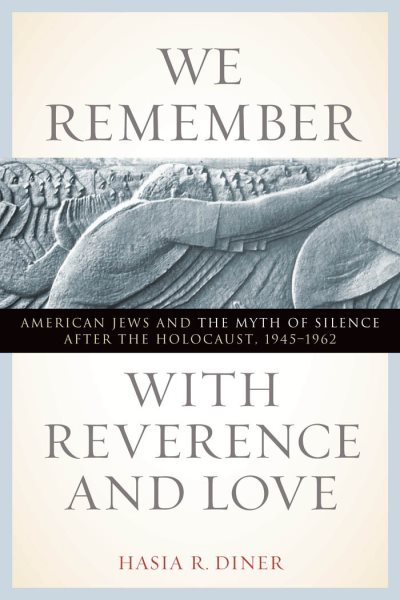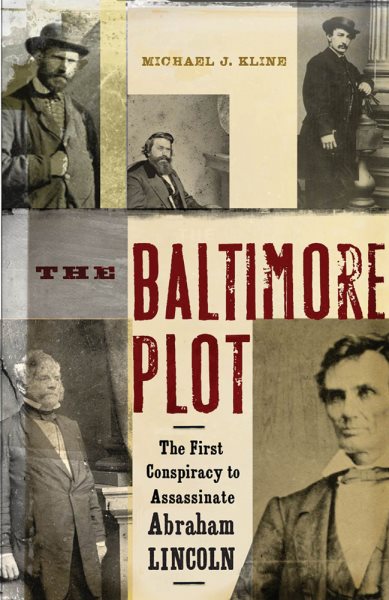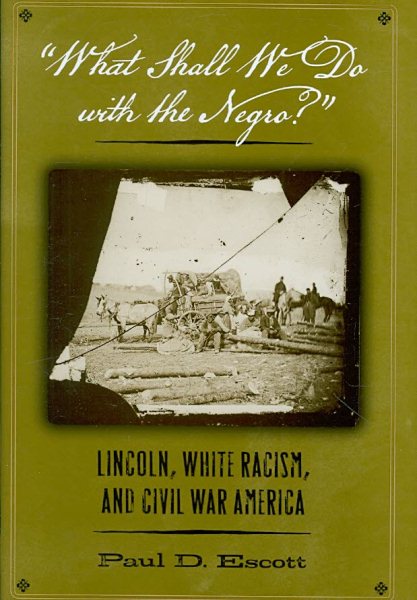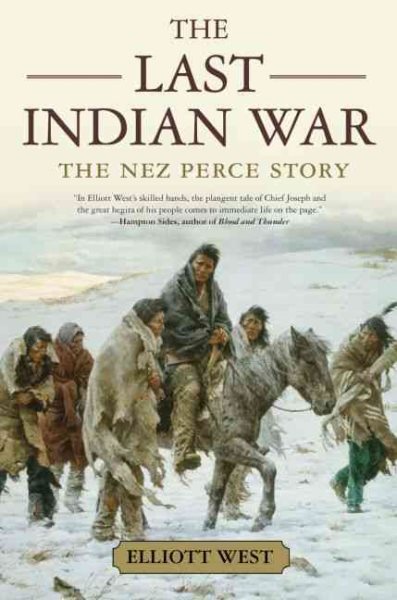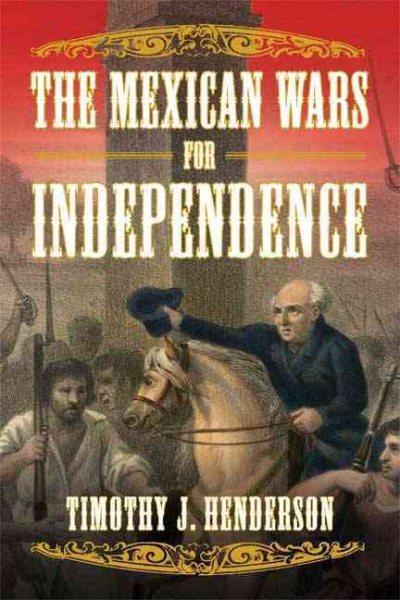 by Timothy J. Henderson
by Timothy J. HendersonMexico’s wars for independence were not fought to achieve political independence. Unlike their neighbors to the north, Mexico’s revolutionaries aimed to overhaul their society. Intending profound social reform, the rebellion’s leaders declared from the onset that their struggle would be incomplete, even meaningless, if it were merely a political event.
Easily navigating through nineteenth-century Mexico’s complex and volatile political environment, Timothy J. Henderson offers a well-rounded treatment of the entire period, but pays particular attention to the early phases of the revolt under the priests Miguel Hidalgo and José María Morelos. Hidalgo promised an immediate end to slavery and tailored his appeals to the poor, but also sanctioned pillage and shocking acts of violence. This savagery would ultimately cost Hidalgo, Morelos, and the entire country dearly, leading to the revolution’s failure in pursuit of both meaningful social and political reform. While Mexico eventually gained independence from Spain, severe social injustices remained and would fester for another century. Henderson deftly traces the major leaders and conflicts, forcing us to reconsider what “independence” meant and means for Mexico today.
(Check Catalog)
(Check Catalog)

